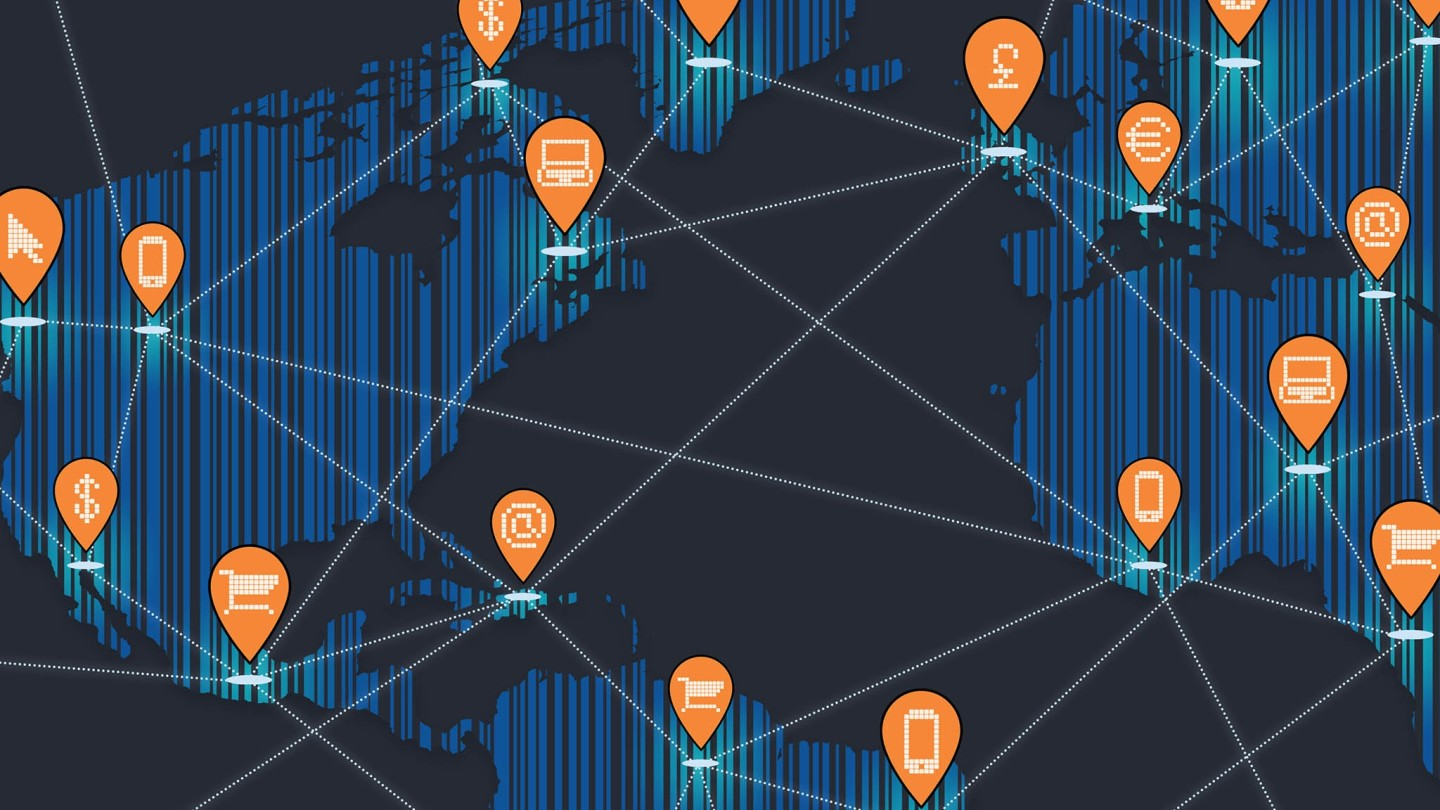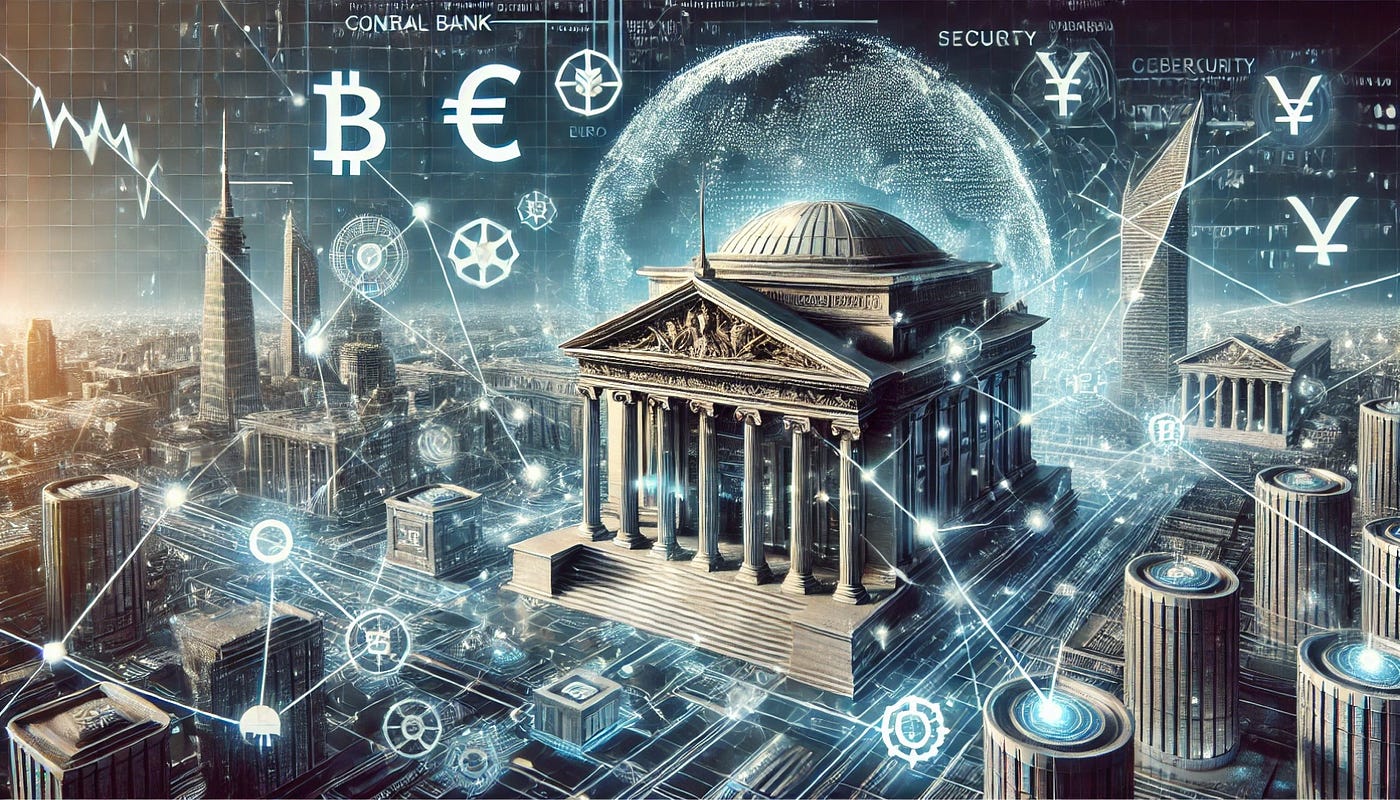The Rise of the Digital Economy: How Technology is Reshaping Global Economic Structures

As we navigate through the mid-2020s, one of the most transformative developments in the global economy is the rise of the digital economy. From e-commerce and cloud computing to blockchain and artificial intelligence, digital technologies are no longer just tools—they are the foundation upon which entire economies are being restructured. This comprehensive analysis explores how digitalization is altering economic models, labor markets, financial systems, and global trade, with a focus on both the opportunities and the challenges it presents.
1. Understanding the Digital Economy
The digital economy refers to economic activities that result from billions of everyday online connections among people, businesses, devices, data, and processes. It is powered by the internet and emerging technologies such as big data analytics, cloud computing, IoT, and mobile platforms. According to the World Bank, the digital economy is already responsible for more than 15% of global GDP and continues to grow at a pace that outstrips the rest of the economy.
2. The Backbone: Digital Infrastructure and Connectivity
Reliable internet access, data centers, fiber optics, and 5G networks form the backbone of the digital economy. In 2025, over 65% of the global population is expected to be online. Countries investing in national digital infrastructure—like South Korea, Finland, and Singapore—are already reaping significant productivity gains and innovation benefits.
However, the digital divide remains a major issue. Regions like Sub-Saharan Africa and parts of South Asia still suffer from poor internet penetration, limiting their ability to participate in the digital economy and increasing global inequality.
3. E-Commerce and the Transformation of Retail
The COVID-19 pandemic accelerated the adoption of e-commerce worldwide, permanently altering consumer behavior. Giants like Amazon, Alibaba, and MercadoLibre have expanded aggressively, but local e-commerce platforms are also thriving in emerging markets. Digital payment systems, logistics platforms, and mobile commerce are key enablers of this transformation.
In 2025, global e-commerce sales are projected to exceed $7 trillion, accounting for more than 25% of total retail sales. This growth is creating new business models such as direct-to-consumer (DTC), social commerce, and subscription-based services, while forcing traditional brick-and-mortar businesses to adapt or perish.
4. Fintech and the Redefinition of Financial Services
Fintech startups are revolutionizing how individuals and businesses manage money. Digital wallets, neobanks, peer-to-peer lending, and robo-advisors have made financial services more accessible and efficient. In countries like Kenya and India, mobile-based financial services have brought millions into the formal financial system.
Moreover, blockchain technology and decentralized finance (DeFi) are challenging the traditional financial architecture. Central banks are exploring or implementing digital currencies (CBDCs), which could reshape monetary policy and cross-border transactions. In the long term, fintech is expected to democratize access to credit, reduce transaction costs, and increase transparency.
5. Digital Labor Markets and the Future of Work
One of the most visible effects of the digital economy is on the labor market. Online platforms like Upwork, Fiverr, and Toptal have globalized freelancing, enabling professionals to work remotely from any part of the world. This gig economy is growing rapidly, especially among younger populations in developing countries.
However, this shift also poses challenges—job security, benefits, and labor protections are minimal in many gig platforms. As automation and AI take over routine tasks, reskilling and digital literacy have become essential. Governments and corporations are investing in workforce development to prepare for this new world of work.
6. Data: The New Economic Asset
In the digital economy, data is often referred to as the new oil. Companies leverage user data to optimize operations, personalize services, and make strategic decisions. The data economy is giving rise to new industries around data analytics, cybersecurity, and digital identity management.
This also raises privacy and security concerns. Regulations such as the EU’s GDPR and similar frameworks in other countries are attempting to set rules for data governance. Balancing innovation with regulation remains a key challenge.
7. Taxation and Regulation in the Digital Economy
The digital economy poses unique challenges for taxation. Digital companies often generate revenue in countries without having a physical presence, leading to base erosion and profit shifting (BEPS). International efforts led by the OECD have resulted in agreements to implement a global minimum corporate tax and new rules for taxing digital services.
Meanwhile, governments are struggling to keep pace with innovations such as cryptocurrency and the metaverse. Creating agile regulatory frameworks that encourage innovation while protecting users is a delicate balancing act.
8. Digital Trade and Global Value Chains
Digital technologies are reshaping global value chains by enabling cross-border e-commerce, virtual services exports, and digital goods like software and media. The World Trade Organization estimates that digital trade contributes more than $4 trillion to the global economy annually.
Countries that excel in digital services—like India (IT outsourcing), Estonia (e-governance), and the U.S. (software and media)—are reaping substantial economic benefits. However, digital protectionism, data localization laws, and geopolitical tensions could fragment the global digital marketplace.
9. Impact on Traditional Industries
No industry remains untouched by digital transformation. In agriculture, precision farming and IoT devices are boosting yields. In manufacturing, smart factories use AI and automation to reduce costs. In healthcare, telemedicine and digital diagnostics are improving access and efficiency.
However, adaptation requires significant investment and a skilled workforce. SMEs in low-income countries often lack the resources to digitalize, risking further marginalization in the global economy.
10. Opportunities and Risks
The digital economy offers immense opportunities: inclusive growth, improved governance, financial inclusion, and new forms of entrepreneurship. Digital platforms lower barriers to entry for businesses and democratize access to information.
But the risks are equally significant: job displacement, monopolistic behavior by tech giants, privacy violations, and increased inequality. Without proactive policies, the digital economy could deepen the divide between countries and between social classes.
Conclusion: A New Economic Paradigm
The digital economy is not just a sector—it is a new paradigm that redefines how we produce, consume, and interact. Policymakers, business leaders, and citizens must collaborate to ensure that this transformation leads to a more equitable, resilient, and sustainable global economy. Investing in digital infrastructure, ensuring fair competition, protecting user rights, and upskilling the workforce are essential steps toward that future.
As we look to the future, the digital economy will continue to evolve. The decisions we make today will determine whether it becomes a tool for empowerment or a source of division. The path ahead is full of promise—but only if we navigate it wisely.





